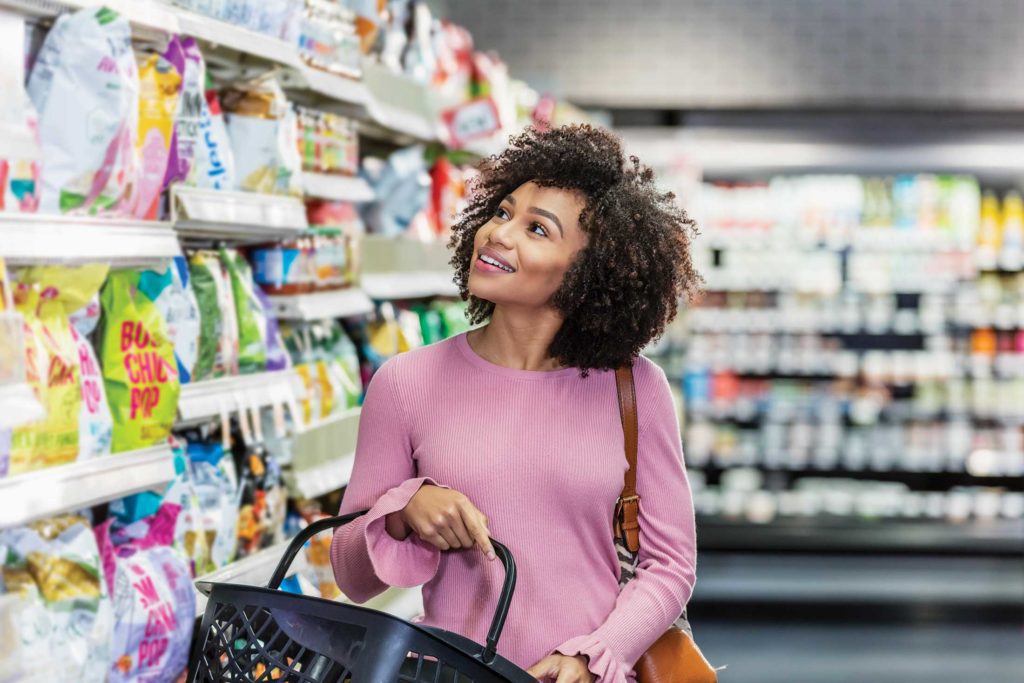Amazon’s approach to selling books online vanquished the likes of Barnes & Noble and Borders, but soon after Amazon found itself opening bookstores in neighborhoods across the country. It was the model that was bloated, stagnant, and ready for change, not the concept. The idea of selling books in physical locations still carried value, just not in the old packaging.
Amazon’s seeing the same type of value within the grocery department. It’s why they spent $13 billion acquiring Whole Foods three years ago. It’s why their efforts behind Amazon Fresh and Pantry are expanding. It’s why they’ve opened more than two dozen Amazon Go locations within major U.S. cities. There is immense value in the online/in-store grocery format, just maybe not in its current 60k SKU per store format.
Thus, Amazon is launching their first physical Amazon Fresh location just outside of Los Angeles. They’ve tabbed the suburbs of Illinois and additional California locales as next stops soon after. It’s a concept the public got wind of about a year and a half ago and, minus a few likely COVID-related delays, has finally arrived.
The focus of the stores is convenience, efficiency and value. They’re designed to make the shopping experience as easy as possible by tying it to the overall Amazon experience.
Convenience
The stores integrate seamlessly with Amazon’s app. Before shopping, customers sign-in. While shopping, they place items into one of Amazon’s Dash Carts. The Dash Carts have sensors designed to decipher the contents of the cart. Customers then exit through a dedicated Dash Cart lane which automatically rings up their items using what Amazon describes as “a combination of computer vision algorithms and sensor fusion.” Interesting stuff to say the least.
It’s the type of tech they’ve been dabbling with in their Amazon Go locations. But within their Fresh locations, they’ll be unleashing it on a much larger scale. It’s also the type of seamless checkout experience larger grocery operations like Kroger Co. and Albertson’s have been fumbling towards for the past few years. It aligns perfectly with the new normal, post-COVID future we all have to look forward to. One wherein a lack of human interaction/contact in the grocery aisles will be coveted.
Additionally, these locations can also serve as distribution centers that put product even closer to the potential consumer for online delivery. Putting an even stronger emphasis on omni-channel and the typical grocery shopper’s needs.
Related to other Amazon devices, Amazon Fresh locations will integrate with Alexa shopping lists, further entrenching these devices into everyday lives. Echo Show devices will also provide layout specific advice and information to help ease the store navigation process.
Efficiency
The size of the stores themselves is a bit of an outlier, in a positive way. At 35k square feet, they’re a little larger than half the size of the average retail grocery location. They fit right in that sweet spot of consumer navigation. They’re larger than a Trader Joe’s, yet smaller than a Whole Foods. One has to believe Amazon has deciphered this as the perfect size for the average consumer. Odds are location sizes will vary, but they’ve likely set their sizing blueprint with this first location.
The number of SKUs will be limited due to space, but again, in a good way. Anything and everything you can imagine will not be at your fingertips, but anything and everything you’d need likely will be. The SKUs will be extremely focused on regional preferences and local favorites. Amazon’s 4-Star locations are a good example, wherein they offer a limited number of products, but those products are rated above a certain level. They’re also products that are in high demand within that market. This eliminates the number of stagnant products that can waste shelf space in typical grocery locations.
Value
Amazon knows the general public’s interpretation of Whole Foods as an entity. They know most people can’t afford to shop there. They know both Target and Walmart offer much lower price points on everyday items. Their goal with Amazon Fresh is to reach a much wider audience, and pricing will be their main lure.
Their official release focused heavily on item-level pricing, demonstrating potential prices for chicken, onions, oats, etc. The price points expressed were far below that of similar Whole Foods items, and much more in line with the Krogers and Walmarts of the world. They also boast their own private label items (Happy Belly, Wickedly Prime, etc.), which should be heavily featured.
Amazon has always been associated with value, Whole Foods historically has not. With Fresh, Amazon is doing its best to distance itself from that association without disparaging it in any way.
Again, if Amazon is investing in this model, room for improvement exists. Their goal with Amazon Fresh locations seems to be around merging technology and affordability. Most modern grocery chains have been unsuccessful achieving these goals within their physical locations. Most have focused on the pricing piece, but the consumer interaction process is still cumbersome.
Amazon intends to do better.







